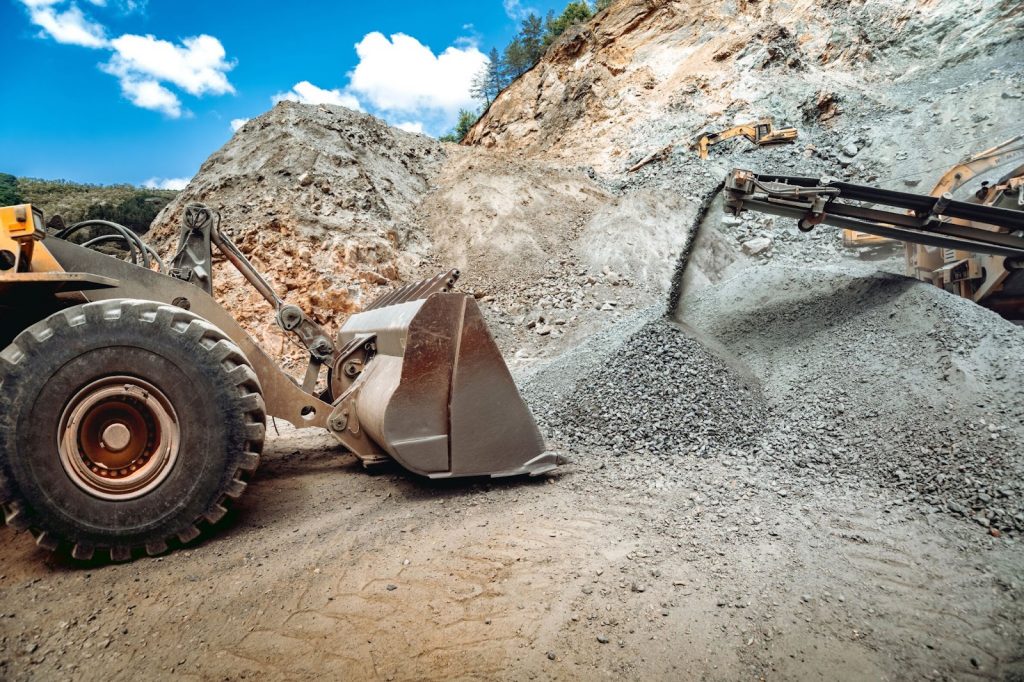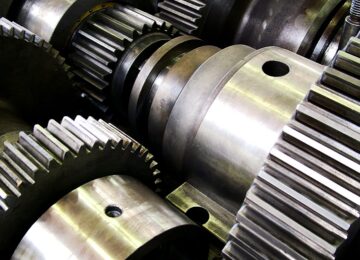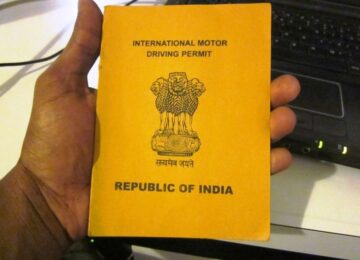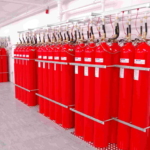There are a lot of hazards when it comes to working in underground mines and quarries. One of the hazards comes from the huge amounts of dust that are generated by such activities, which result in breathing-related issues or respiratory conditions. It will also result in maintenance issues for the equipment and machinery used.
Most importantly, dust may create potentially explosive environments, which is why it’s crucial to remove dust from the air and perform dust control measures to dramatically reduce those risks. The question is: How?
Here are effective ways to suppress dust in mines and quarries.
- Bag Filter and Dry Fog Systems
This method would use fans to circulate air, trapping solids in a bag. That said, this system is quite maintenance-intensive, requiring bag filter change-outs regularly. This might not be conducive and effective in underground mines.
While dry fog systems are effective in suppressing dust, this would require electricity. This may be impractical in certain mine and quarry work environments. That is where water comes along, which you’ll find in the next section.
- Water
Water is an effective solution for mines and quarries, as it would utilize the existing water supplies in mines. Workers will form a spray and suppress dust once generated from coal extraction points, among other areas where dust generates.
- Preventative Dust Suppression
To prevent dust from coming in and risking your workers’ health and safety, look into the important elements to prevent it when using the water method with equipment from bosstek.com:
- Control refers to how water will be controlled, which can be through the belt’s motion for water to be isolated before entering any system.
- Filter technology will be used for removing water contaminants to ensure good system operation.
- Spray pertains to the volume and pattern the water will be delivered to the coal before dust generates.
- Corrective Dust Suppression
Corrective dust control is done when the dust has been generated. Unfortunately, it’s more challenging compared to preventing it, so it’s best to prevent dust from coming in before you need to implement corrective dust suppression methods.
To address airborne coal dust, you can use sprays. When dust agglomerates with water, it will fall under gravity. That said, be wary of the size of water droplets sprayed.
If water droplets are too big, the dust particles would just move around, ending up with little dust removed. Remove dust effectively by making sure both water droplets and dust particles are the same sizes. This is why the spray head design is important to consider.
- Changing the work methods
Use wet production methods and processes, which will help generate less dust while working. Substitute materials with less hazardous and dust-causing ones, like using pellets instead of powders. Or, for abrasive blasting agents, you can replace sand with garnet.
Wrapping It Up
Dust suppression in mines and quarries is crucial for the work progress and those who work in the area. With these methods, you can keep your workers safe and healthy for a smoother workflow.












